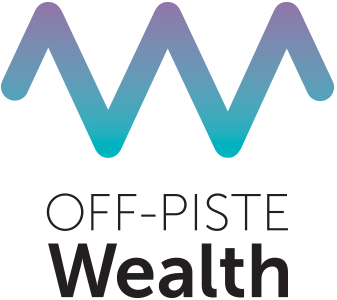Achieving Financial Independence for Sports Athletes: Insights from the FIRE Movement.
Financial independence is a goal that many people aspire to achieve, including sports athletes.
The FIRE (Financial Independence, Retire Early) movement offers strategies and principles that can be adapted by athletes to secure their financial future and potentially retire at a younger age.
This article explores the key concepts of the FIRE movement, its applicability to sports athletes, and how they can leverage these strategies to achieve financial independence as they get older.
What is the FIRE Movement?
The FIRE movement, which stands for financial independence, retire early, is a lifestyle optimisation approach that emphasizes living below one’s means, saving a significant portion of income, and making smart investment decisions.
While early retirement is the ultimate goal for some FIRE adherents, for many, it’s about having the flexibility to choose when and how they work, including the possibility of working part-time or pursuing more meaningful careers.
There are different levels of ‘FIRE’ goals one could try and obtain through their career.
-
Fat FIRE
This is for the individual with a traditional lifestyle who aims to save substantially more than the average worker but doesn’t want to reduce their current standard of living. It generally takes a high salary and aggressive savings and investment strategies for it to work.
-
Lean FIRE
This requires stringent adherence to minimalist living and extreme savings, necessitating a far more restricted lifestyle. Many Lean FIRE adherents live on £25,000 or less per year.
-
Barista FIRE
This is for people who want to exist between the two choices above. They quit their traditional 9-to-5 jobs but use a combination of part-time work and savings to live a less-than-minimalist lifestyle. The former lets them obtain health coverage, while the latter prevents them from dipping into their retirement funds.
Applying FIRE Strategies to Sports Athletes
Financial independence
When we talk about financial independence, we refer to more than the amount of money one makes. Rather, it refers to the freedom people have to live their life without limitations and financial burdens.
Essentially, once your assets which provide passive income match your outgoings, you have reached this milestone.
Saving and Frugality
One of the core principles of the FIRE movement is saving as much of your income as possible, often up to 50-75%.
Sports athletes can adopt this strategy by maintaining a frugal lifestyle and being mindful of their expenses. By managing their finances prudently and avoiding excessive spending, athletes can accumulate a substantial savings base.
Debt Elimination
Eliminating high-interest debt is crucial to the FIRE movement.
Athletes should focus on paying off any outstanding debts, such as credit card debt or personal loans, as they can hinder long-term wealth accumulation.
Low-interest debts, like mortgage loans, which can generate rental income, can be retained.
Passive Income and Investments
FIRE proponents prioritize generating passive income through investments.
Athletes can explore various investment options, such as low-cost index funds or rental properties, to build a diversified portfolio that generates income.
Engaging in financial literacy and seeking professional advice can help athletes make informed investment decisions aligned with their risk tolerance and long-term goals.
Determining the FIRE Number
The FIRE number represents the total amount of assets needed to achieve financial independence and retire early.
A commonly used formula suggests accumulating a net worth of 25 times one’s estimated annual expenses. Athletes can calculate their FIRE number by estimating their post-retirement expenses and multiplying them by 25.
This calculation helps set a savings target and provides a benchmark for progress towards financial independence.
Balancing Emergency Savings and Home Ownership
Athletes should also ensure they have an emergency savings fund, typically three to six months’ worth of salary, to handle unexpected expenses or income disruptions.
Additionally, owning a home outright is an important element in the FIRE plan, as it provides retirees with more disposable income.
Challenges and Considerations
While the principles of the FIRE movement offer a framework for achieving financial independence, there are challenges that athletes may face.
Variable Income and Career Duration
Sports athletes often have variable incomes due to contract terms, endorsements, and prize money. It is essential to carefully manage income fluctuations and plan for the possibility of shorter careers by saving and investing diligently during peak earning years.
Lifestyle Adjustments
Adopting the FIRE strategies may require significant lifestyle adjustments, especially for athletes accustomed to high-profile lifestyles.
Athletes must be willing to prioritize financial independence over immediate gratification and make conscious choices that align with their long-term goals.
Conclusion
The FIRE movement provides valuable strategies and principles that can help sports athletes achieve financial independence and potentially retire early.
By embracing concepts such as saving, frugality, debt elimination, passive income generation, and prudent investment, athletes can build a solid financial foundation for their future.






